Y Filltir Sgwâr/The Square Mile: Snail Creep Terrace
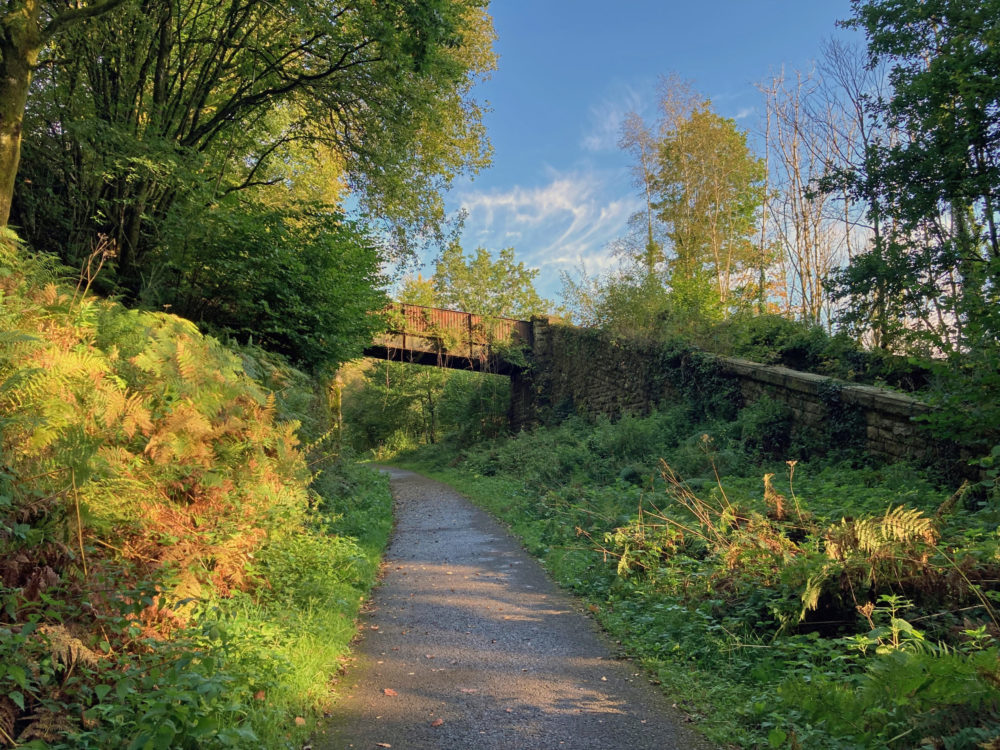
In a year-long series, Tom Maloney, from Abersychan, shows how you can love a place so well it becomes a part of you.
I am always a little sad and a little surprised to see the hours of daylight getting shorter. Each day the evening seems to be drawing in more quickly now. I have had enough years on the planet not to be surprised, but even so I get the same feeling every year.
One compensation is the light, especially in the morning, that is when it’s not raining! I was fortunate to catch the warm golden glow of a fresh September morning this week along the old railway line at ‘Snail Creep Bridge’, Varteg.
Admired
It’s a bridge that deserves to be admired, with beautifully crafted stonework, so typical of the Victorian era. Though many of its fine lines have been softened with a creeping blanket of sap green moss over time, there is still enough that is visible to catch your eye. It is all the more lovely in the spotlight of the sun.
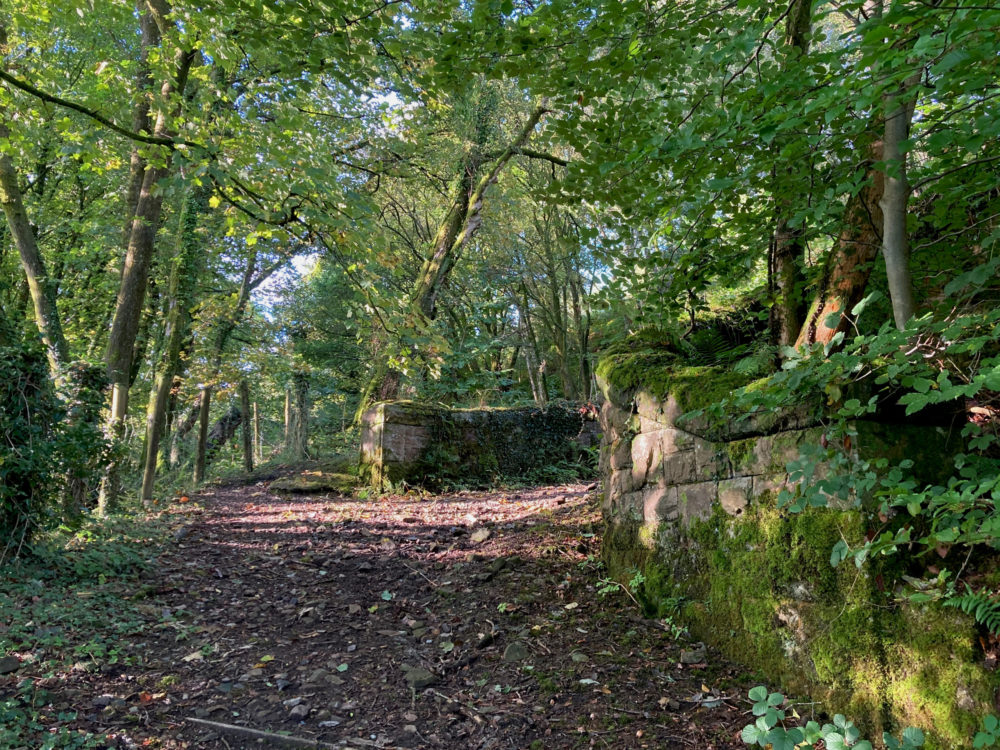
Given the scale of its construction it must have had some significance at one time for the community of Cwmavon below and the people of Varteg above and given the steepness of the lane on both sides its name is not without some humour.
A little exploration off the line here is richly rewarding and the photos in this feature are from several walks this week, though I should point out the lower path has a loose, stoney surface that should be walked with care.
There are road signs stating ‘Snail Creep Terrace’ at both ends of the lane today and there is indeed a terrace of houses at Cwmavon, but there is no Snail Creep Terrace to be seen at the top of the lane at Varteg. It made me begin to wonder about the landscape we see today … how has it changed?
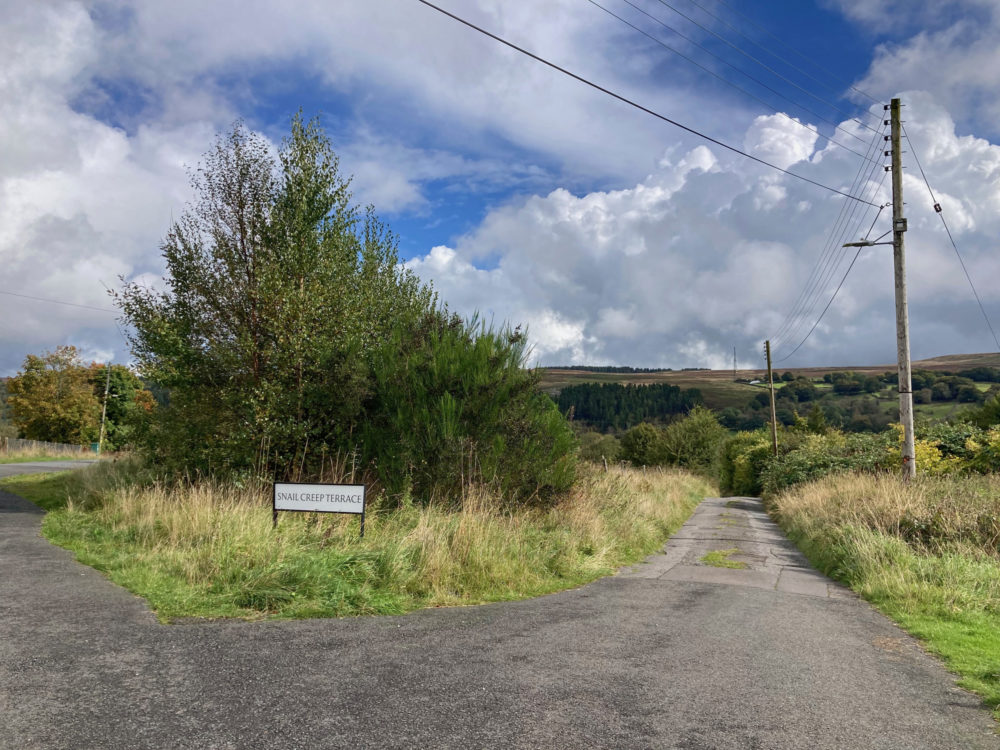
Understanding
Old maps are an invaluable source of information for this sort of investigation into the past and I greatly enjoy piecing together the snippets of history to create a better understanding of what makes a place.
I found that there were similarities with The British in Abersychan and Pwlldu near Blaenavon. There were indeed terraced houses at Varteg that were probably demolished in the latter half of the twentieth century.
In 1879 there were three sets of terraced houses in the location where we see the road sign ‘Snail Creep Terrace’ today, but strangely there were no dwellings of that name. These were Incline Row, Teetotal Row and Slate row. Teetotal Row gives such a lovely window into the world of the temperance movement, but the name may not have been popular with everyone! At some point it seems to have become Post Office Row, as it no longer appears on the maps after 1879.
There were other homes as well on The Square and Cross Row. In total there were around 60 houses that you would be hard-pressed to believe were ever there at all now.
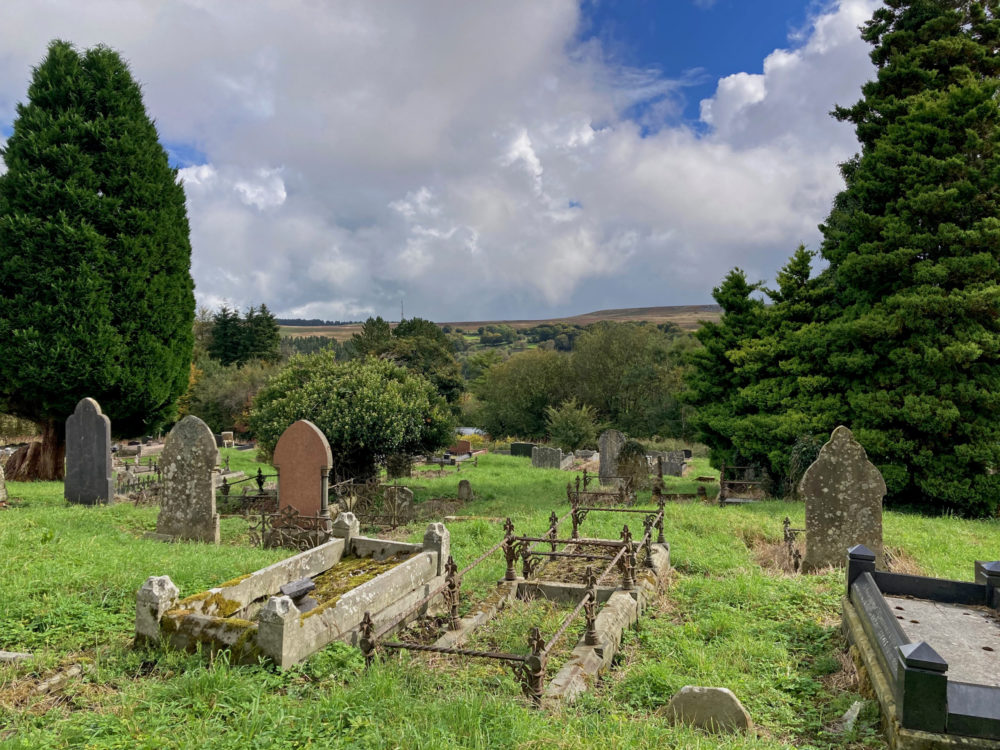
Spiritual
At the top of the lane in Varteg a little grassy path will lead you to the Methodist Church Cemetery. I feel I should give a shout out at this point to Louvain Rees @hellohistoria who I think has educated me about how informative cemeteries can be.
Signage on the gate is clear that many of the graves are potentially unsafe to approach or touch.
‘The Methodist Church Cemetery is now closed to new interments. Whilst the site remains open to visit, you are advised that you enter at your own risk.’
Some care needs to be taken, but it is also so important to have a sense that this is a spiritual place that people once held very dear and that many still do.
Within its protective grey stone walls, the cemetery speaks to you about the life and times of another age.
When I first visited the cemetery, I was surprised by how large it was, but now understanding that the community was at one time much bigger, its size reflects the past.
The location is well chosen, with magnificent views across the valley to Mynydd Garnclochy and I think that this must surely have been important in the minds of the people when this spot was decided upon as a place of rest.
As I think about the title of this little series, my thoughts turn to the daily lives of the people, and it seems to me that these were ‘people of the square mile – pobl y filltir sgwâr’.
Everything about their lives happened here. This is where they were born, where they went to school, where they worked, married and had children and in the end where they were buried. How different our lives are today.
Many of the graves show their age and yet there is still a strong feeling of spirituality and harmony here, where the gravestones fuse with creeping ivy becoming trunks to create little trees of life.
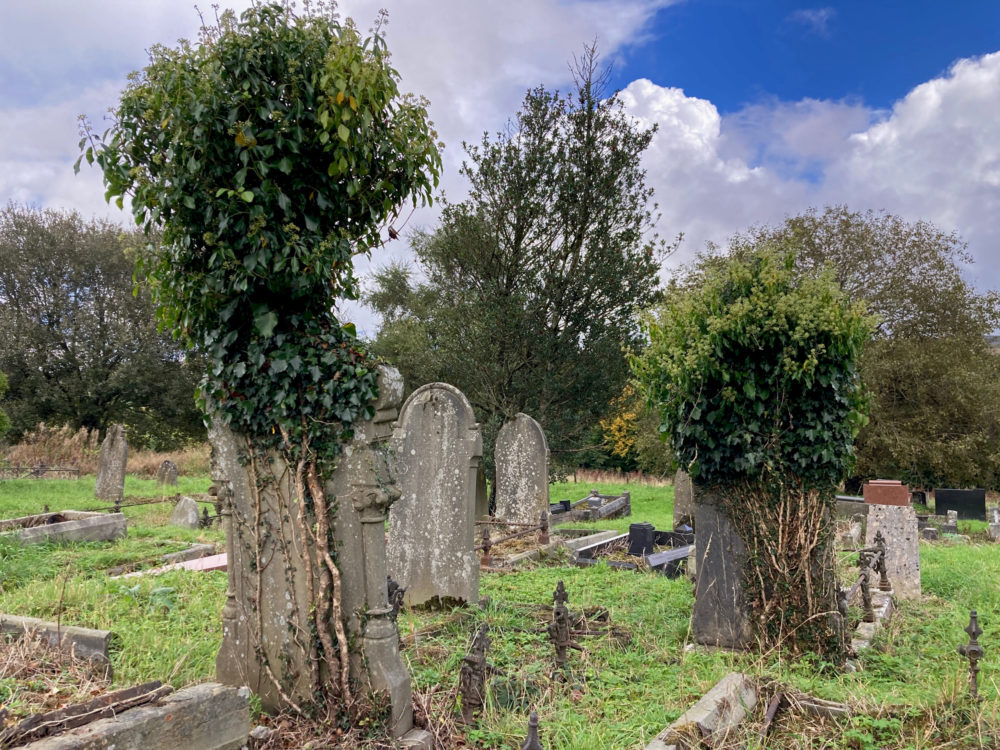
Masonry
As if to emphasise the change it was not that long ago, perhaps a matter of twenty years or so, that you could have heard the methodical sound of a monumental mason at work in his little wooden shed in nearby Talywain, but it is silent today.
There is order in the way the stones are stacked, but the long grass and brambles tell the story that that this is a forgotten place now and the old wooden shack like so many of the graves at the cemetery is leaning towards collapse.
It is a place that holds some personal memories for me. I well remember the warmth of a wood stove giving a little comfort when as a family we ordered the stone for my father’s grave.
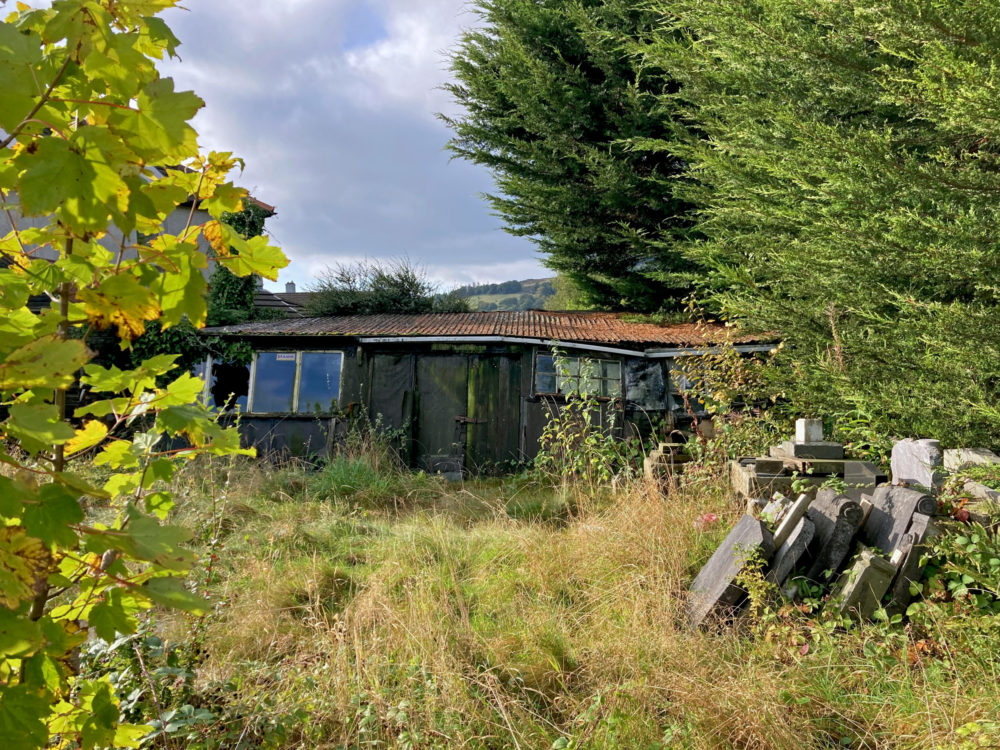
Ponderous
My walks at ‘Snail Creep’ were fresh in my mind as I sat in the Senedd on Tuesday evening to listen to the Nation Cymru inaugural lecture given by R. Gareth Wyn Jones, Emeritus Professor at Bangor University which revolved around ‘Energy – The Great Driver’.
It was a fascinating talk, with thoughts and ideas that will continue to seep into my mind for some time to come.
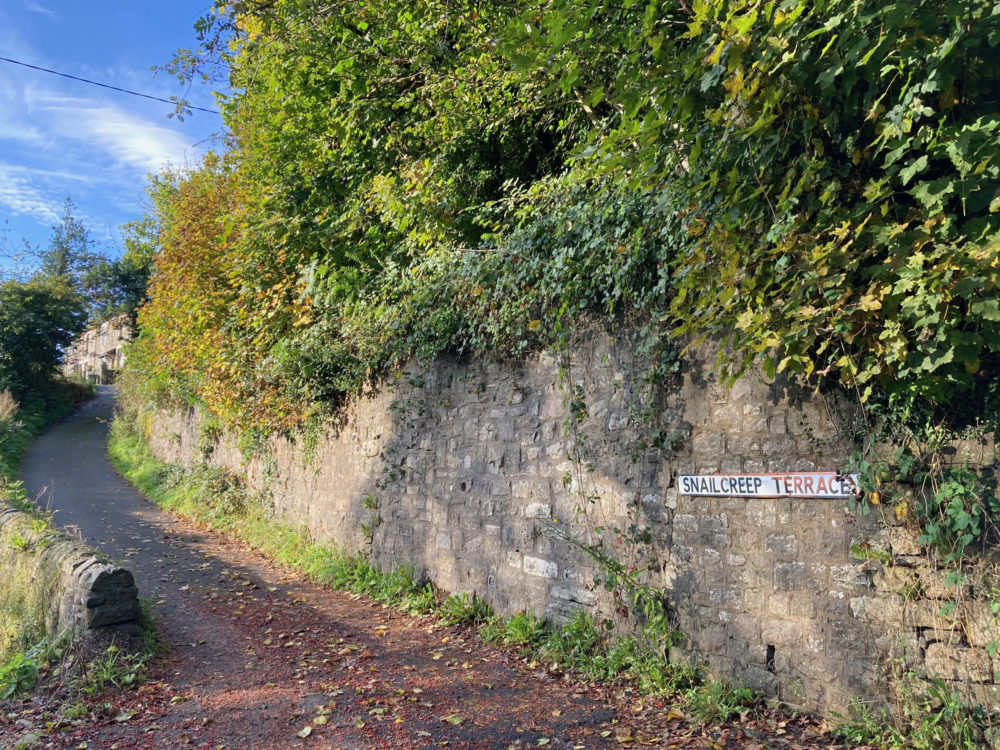
The key message it seemed to me was that our use of energy, that is human use of energy, is increasing with greater and greater speed but our ability to comprehend and stabilise the many outcomes and challenges of this use is slow, so slow in fact that we are only at the very early stages of awareness! Consequently, we are barely coping, if at all, with the rapid changes that we face.
We have the energy and power now to deplete the Earth’s resources in the blink of an eye.
As I sat in the audience, I wondered about the community that now lies buried at The Methodist Church Cemetery at Varteg … what would they think about our lives?
It is sometimes easy to look back at the past with rose tinted spectacles, but I often think that there used to be a simplicity and certainty in the way we did things that is missing today.
I thought too of the name ‘Snail Creep’ and of how, perhaps, we could all do with slowing the pace.
Support our Nation today
For the price of a cup of coffee a month you can help us create an independent, not-for-profit, national news service for the people of Wales, by the people of Wales.





Snail Creep could be a dance from mid Cornwall: https://cornishnationalmusicarchive.co.uk/wp-content/uploads/2020/03/CMA-2-1-38-Rescorla_Snail_Creep.pdf